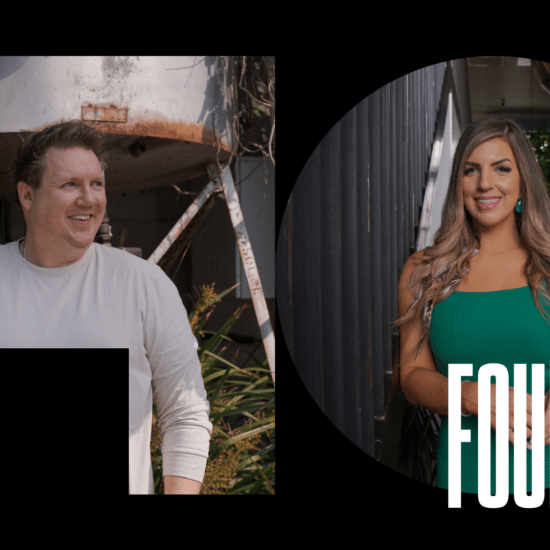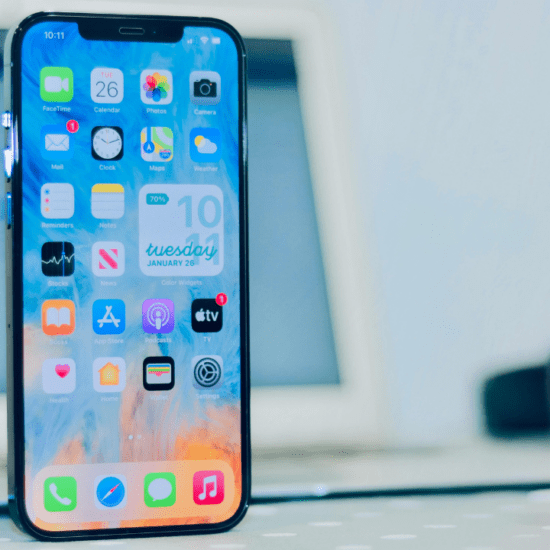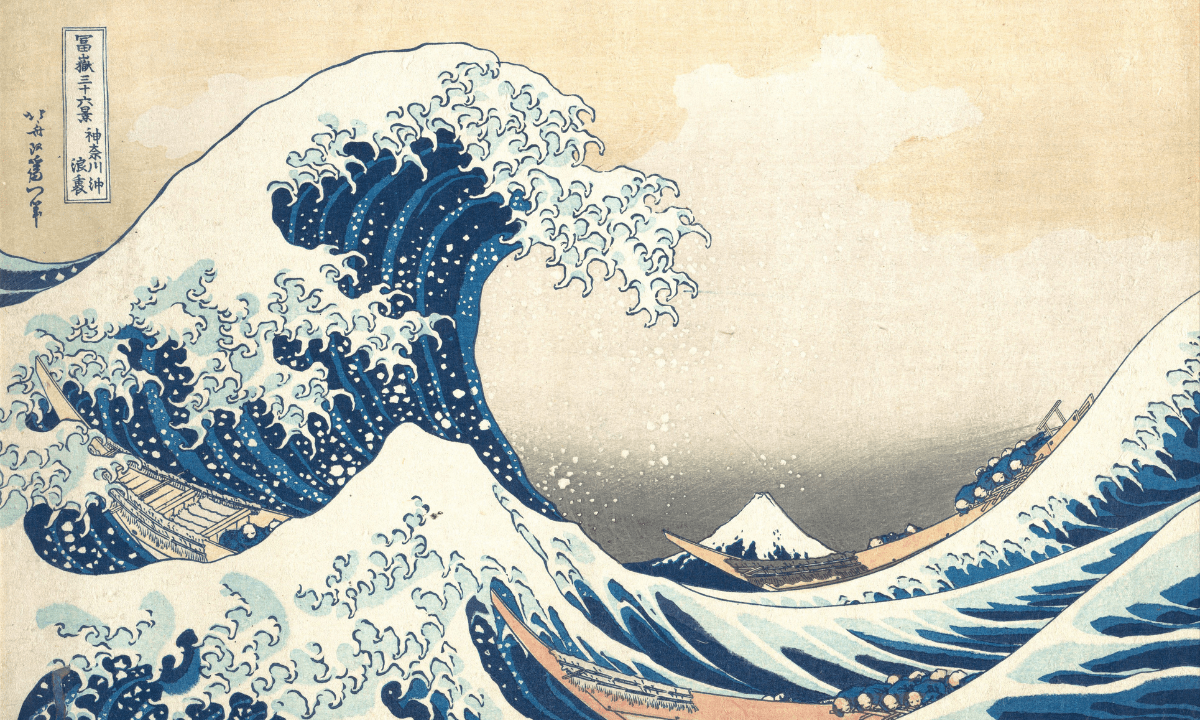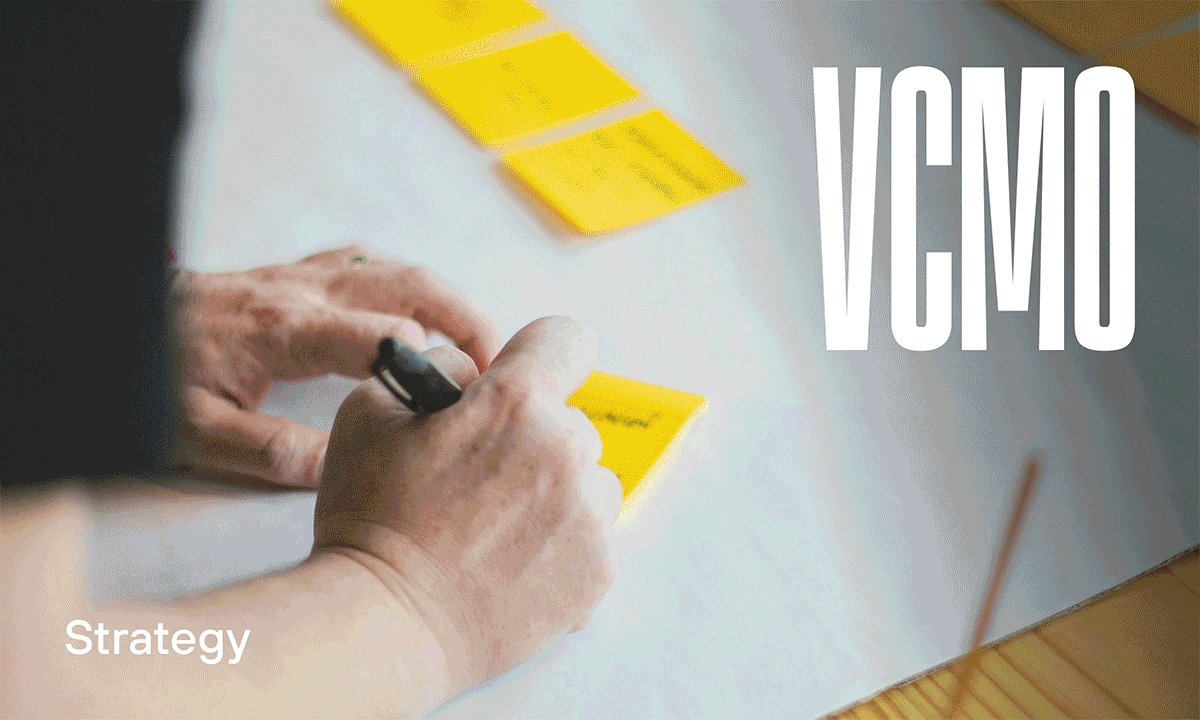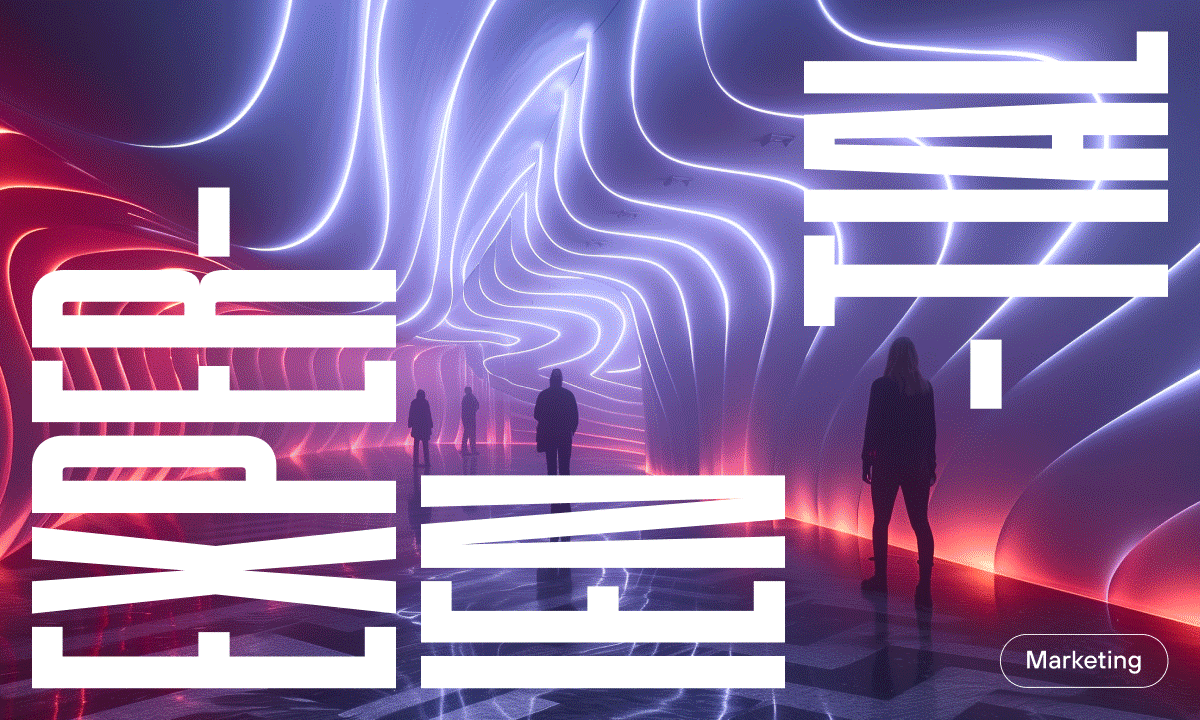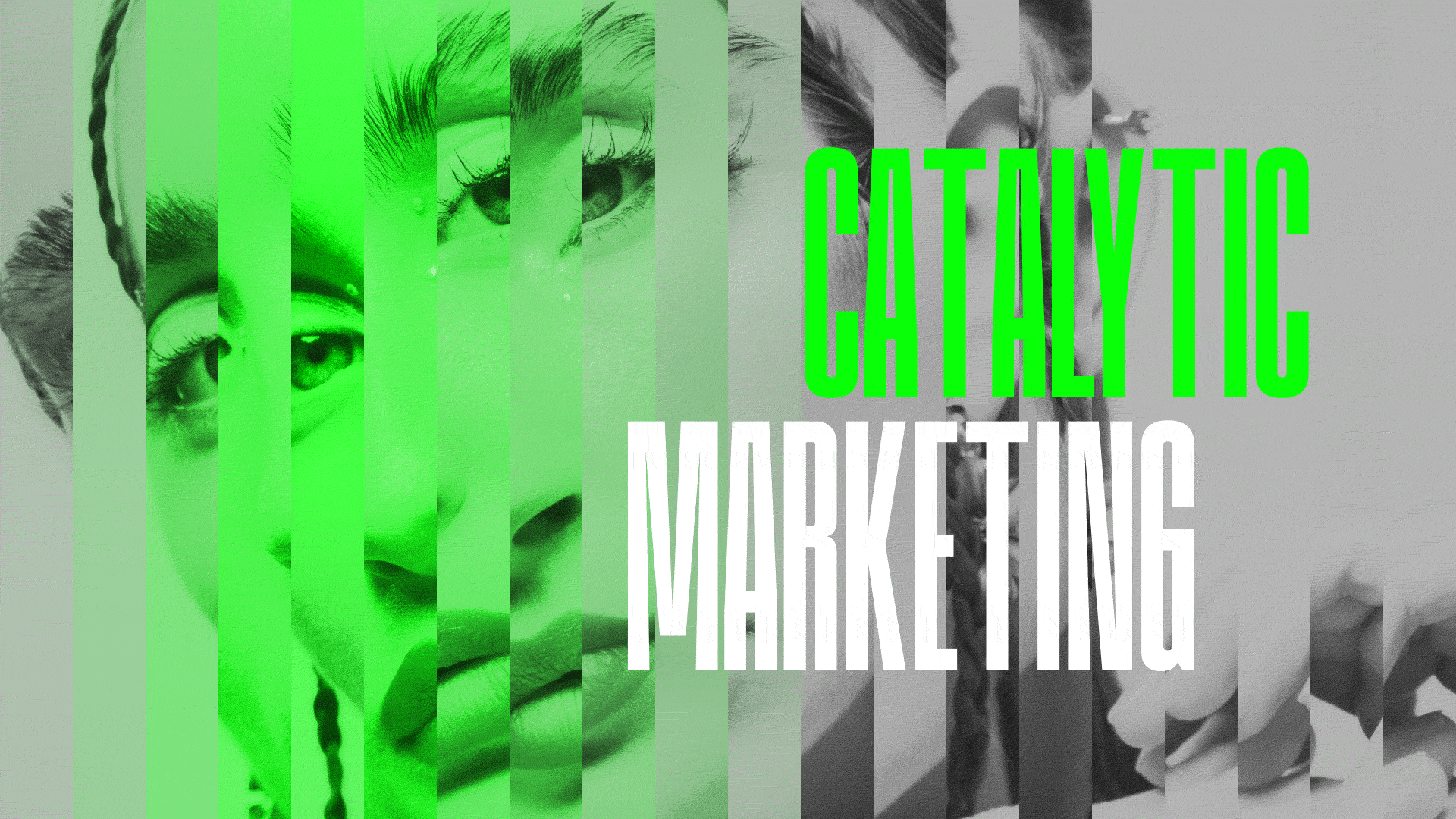
Strap in as we take you into the world of catalytic marketing, including a rundown of some of the best catalytic marketing examples to draw inspiration from.
Catalytic marketing.
While it sounds like yet another marketing buzzword, it’s an approach that every marketer should have on their radar.
This is particularly so at a time when CMOs and marketing departments are feeling the heat like never before.
Consider the thoughts of well-respected US-based tech research and consulting firm, Gartner.
It declared that catalytic marketing experiences ‘provide the greatest boost to commercially productive behaviours such as paying a premium or referring other customers to the brand’.
The company’s research indicated that a single catalytic digital experience ‘doubles the likelihood of commercially productive behaviours’.
More so, such experiences create a greater impact than having ‘a large number of memorable brand interactions and rating all of them as high-value’.
Those are powerful insights.
But what is catalytic marketing exactly? How does it work? And what are some of the best catalytic marketing examples to draw inspiration from?
In this article, we explore everything there is to know about catalytic marketing.
It might just be the catalyst your business needs to propel it forward.
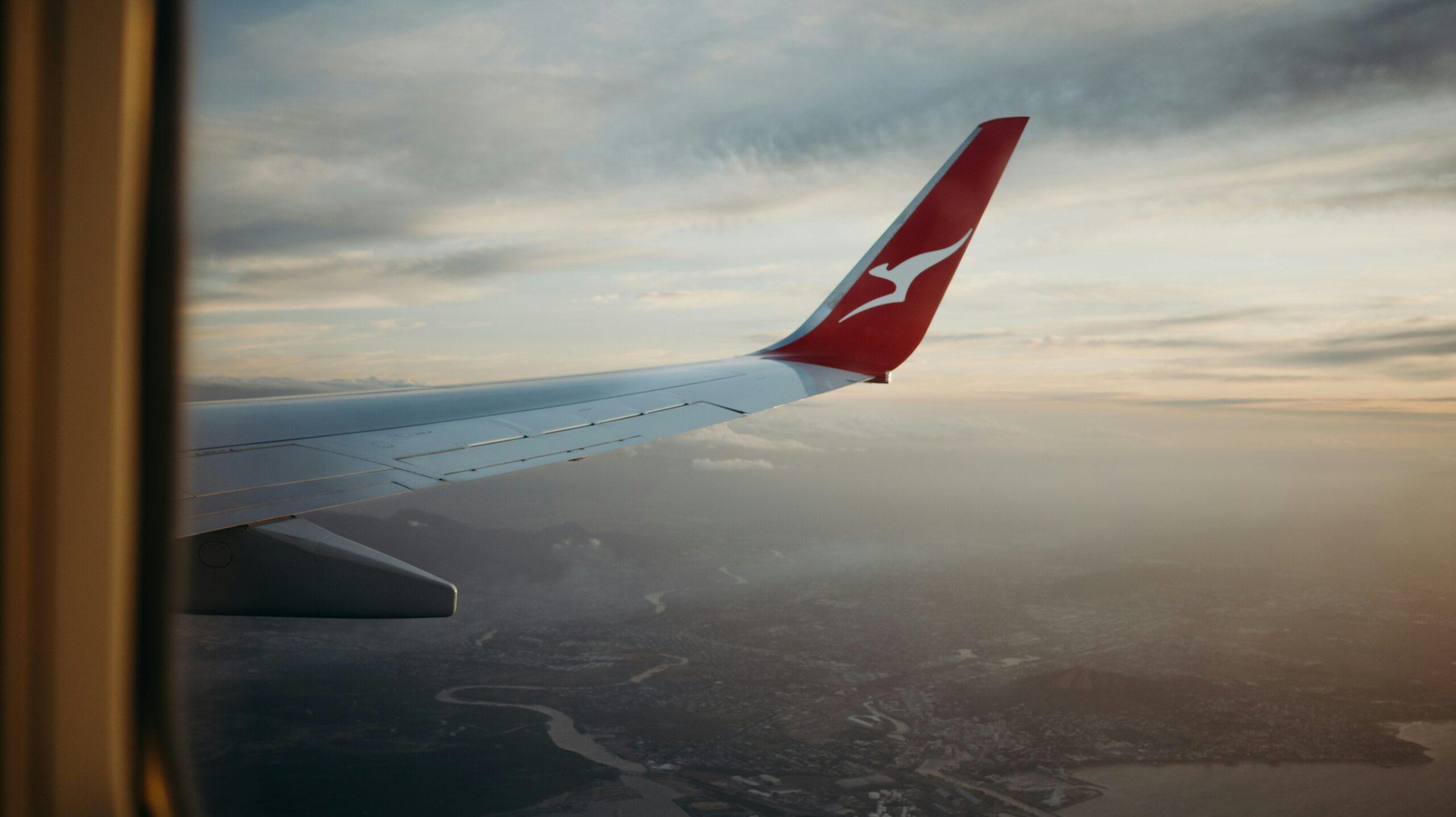
Stay tuned for several inspiring catalytic marketing examples. Credit: Joseph Bobadilla on Unsplash.
What is Catalytic Marketing?
Catalytic marketing refers to a strategic approach where brands use specific, impactful actions or events that serve as catalysts to drive significant, and often exponential, growth and engagement.
These catalysts can be anything from a viral campaign, a high-profile partnership, an innovative product launch, or strategic use of emerging technologies.
The key is that these actions create a chain reaction or a ripple effect, leading to amplified brand awareness and customer engagement.
This approach goes beyond traditional marketing tactics and has been successfully executed by ample organisations, including several big-name brands. More on that below.
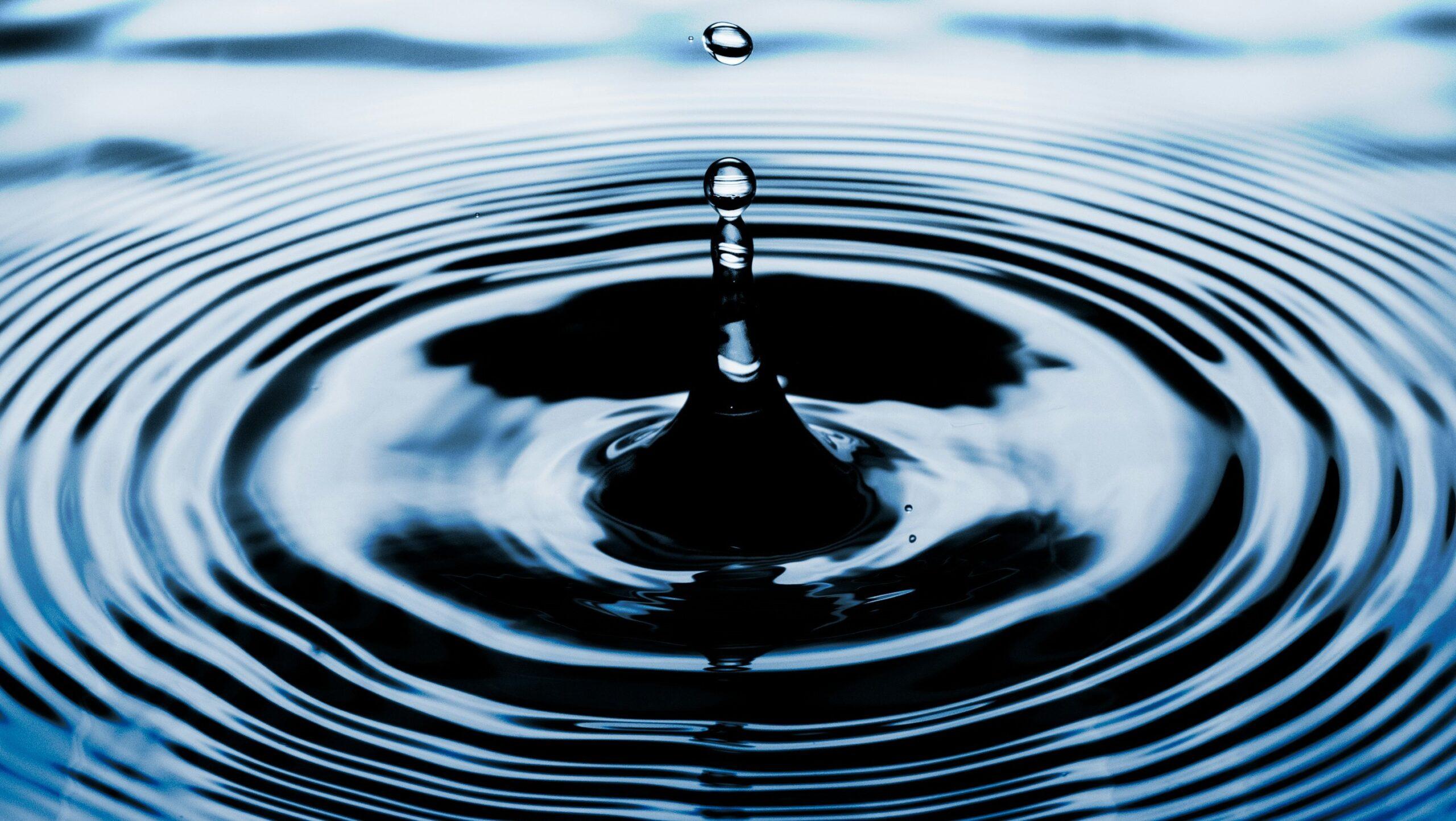
It’s all about creating that ripple effect. Credit: Koen Emmers on Unsplash.
How Catalytic Marketing Works
Here is a rundown of how a catalytic marketing campaign is typically activated:
Identify the catalyst: The first step is to identify a catalyst that aligns with your brand’s goals and audience/s. This could be a viral video, a collaboration with a prominent influencer, or innovative use of new technology.
Strategic planning: Develop a comprehensive plan that outlines how the catalyst will be deployed, ensuring marketing channel alignment to support the initiative.
Execution: Launch the catalyst with precision timing and coordination, making sure to maximise initial impact through PR, social media, and other marketing channels.
Amplification: Once the catalyst is launched, use various amplification techniques such as paid advertising, influencer partnerships, and user-generated content (UGC) to sustain momentum.
Measurement and adjustment: Continuously measure the impact of the catalytic action and make adjustments as needed to ensure ongoing engagement and growth.
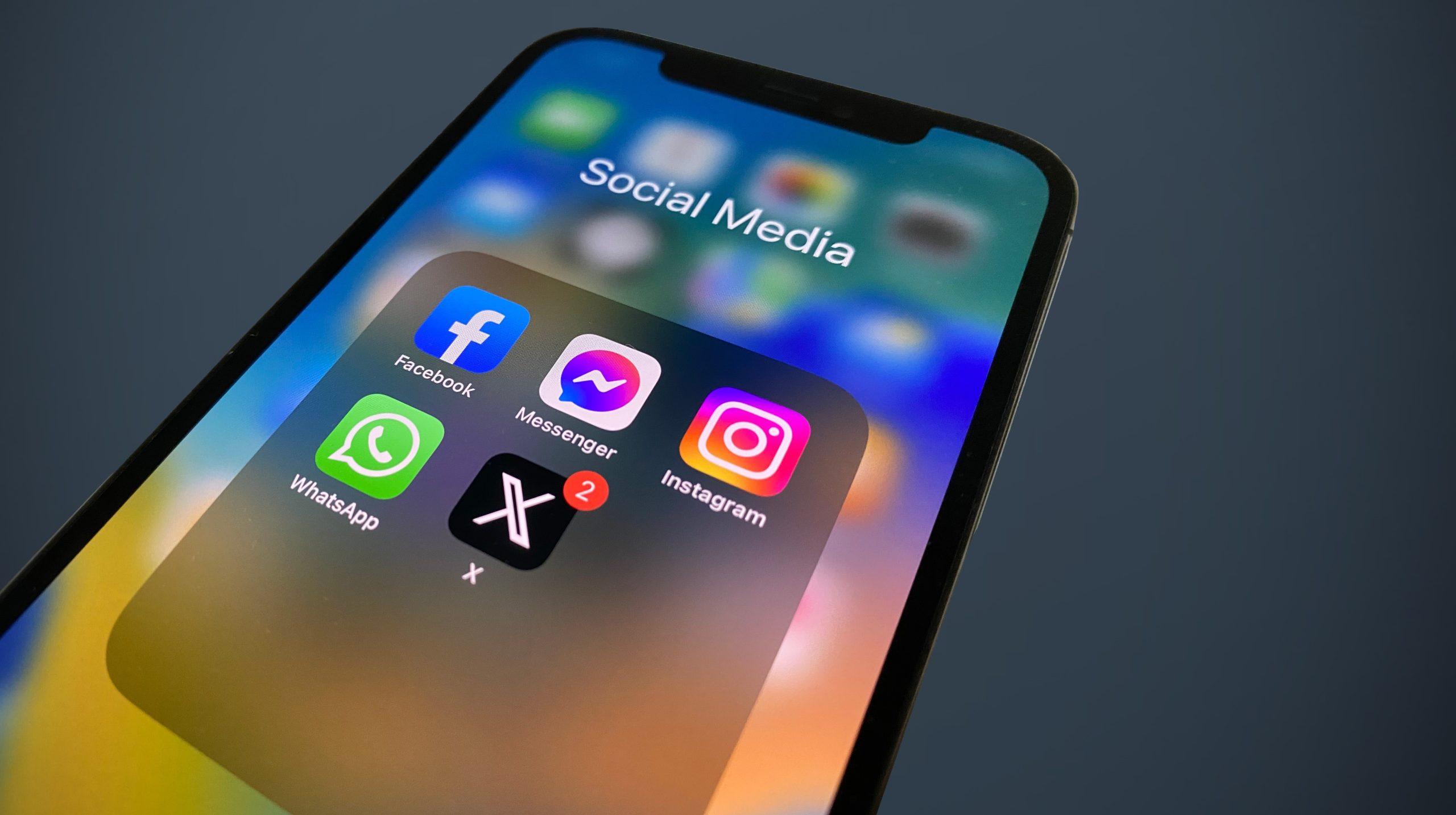
Maximise initial impact through social media and other channels. Credit: Julian Christ on Unsplash.
Benefits of Catalytic Marketing
Catalytic marketing has the potential to create positives aplenty for brands of all types. Here are some of the key advantages:
Rapid brand awareness: Catalytic marketing has the ability to rapidly elevate your brand’s profile. By leveraging high-impact actions or events, you can generate widespread media coverage and social media hype, quickly increasing visibility and recognition.
Enhanced customer engagement: This approach often involves innovative and interactive elements that captivate audiences, leading to deeper engagement. Whether through viral content, compelling storytelling, or interactive campaigns, catalytic marketing reliably creates stronger connections with consumers.
Competitive advantage: Brands that successfully execute catalytic marketing activities create a distinction between them and their competitors. Innovative and bold campaigns help to position your brand as a leader and trendsetter within its industry, creating a distinct competitive edge.
Long-term growth and loyalty: Effective catalytic marketing can create lasting impressions and strengthen customer loyalty. By making a significant impact, you have the ability to build emotional connections with consumers, which translate into long-term relationships and repeat business.
Amplified reach: Catalytic marketing often leverages the power of word-of-mouth and social sharing. Viral campaigns, for instance, can be shared extensively across social media platforms, exponentially increasing your campaign’s reach without proportionally increasing costs.
Cost-effectiveness: While catalytic marketing may involve a substantial initial outlay, the return on investment (ROI) can be profound due to the amplified reach and engagement it generates. This cost-effectiveness derives from the ripple effect where one impactful event or action leads to extensive organic promotion.
Positive brand perception: Well-executed catalytic marketing enhances your brand’s image. Campaigns that resonate emotionally or align with social values can improve public perception, demonstrating your brand’s innovation, social responsibility, or customer-centric approach.
Increased sales and market share: Ultimately, the heightened awareness and engagement driven by catalytic marketing often translates to increased sales and market share. By capturing consumer interest and converting it into action, your brand has greater capacity to witness a substantial boost to your market positioning and bottom line.
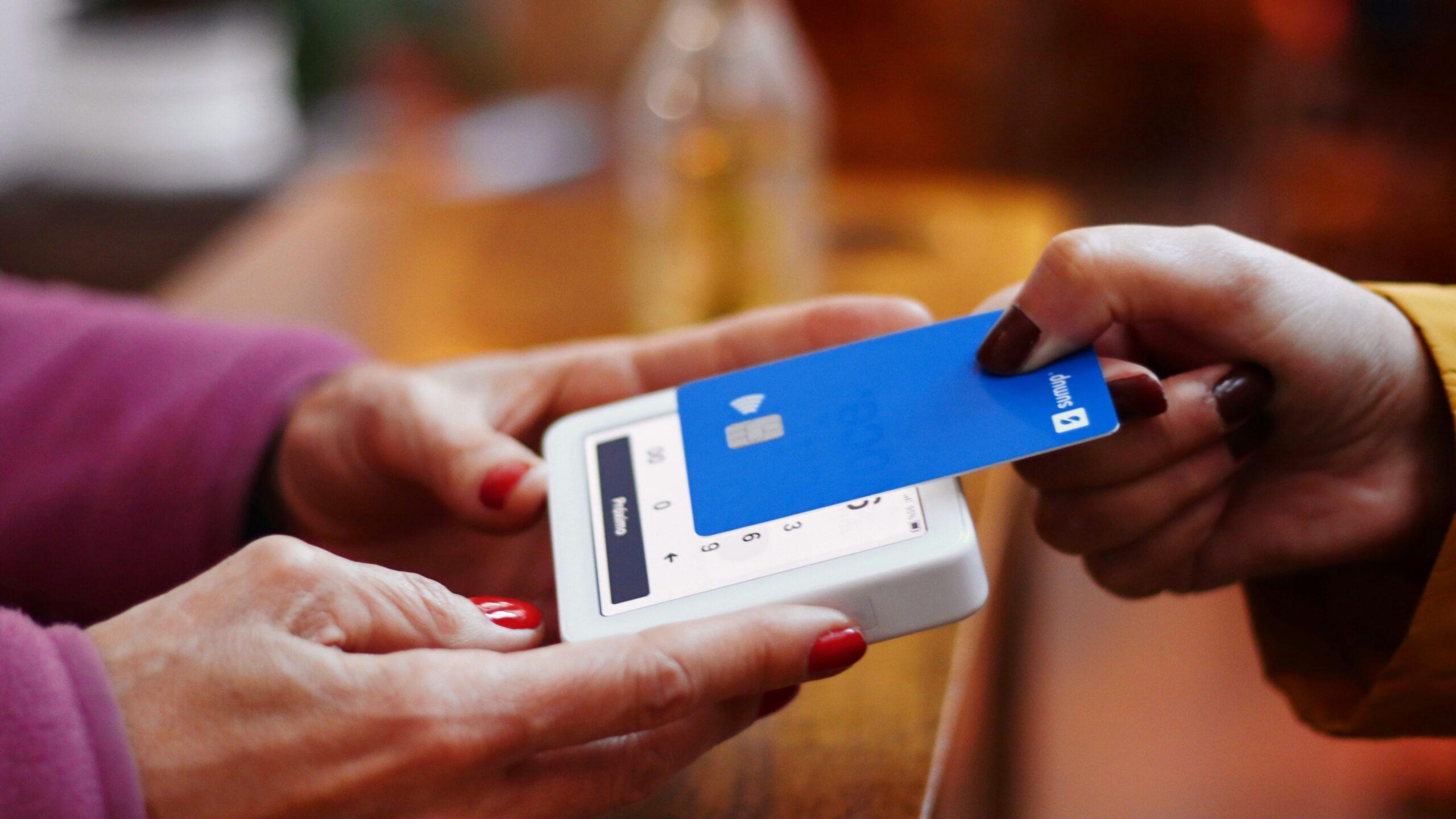
There’s potential to substantially boost your bottom line. Credit: Nathana Reboucas on Unsplash.
10 Inspiring Catalytic Marketing Examples
Now that you’re across what catalytic marketing is all about, it’s time to see it in action.
As we touched on earlier, there are loads of successful catalytic marketing examples that have been executed to perfection – from brands both in Australia and abroad. Here are some standouts:
1. Tourism Australia
The Australian Government agency’s 2018 ‘Dundee: The Son of a Legend Returns Home’ campaign is a prolific, wildly entertaining, and highly memorable catalytic marketing example.
Initially teased as a trailer for a new Crocodile Dundee movie, it was later revealed to be a clever and expertly delivered catalytic marketing campaign aimed at promoting Australian tourism to the lucrative US market.
Featuring Hollywood stars – led by Danny McBride and Chris Hemsworth – against a backdrop of diverse Australian landscapes, the activation generated extraordinary hype and media coverage.
The campaign was perfectly timed to coincide with the Super Bowl and drove significant interest in Australia as a tourist destination, recording more than 100 million video views on social media. It also racked up eight Cannes Lions advertising awards.
2. Qantas
Australia’s flagship airline effectively leveraged catalytic marketing through various iterations of its ‘Feels Like Home’ campaign.
Originally launched in 2014, this emotional and heartwarming campaign featured real stories of Australians returning to their place of origin, capturing the essence of homecoming and the emotional ties people have with their homeland.
The marketing activity was designed to resonate deeply with audiences, nudging them to create a strong emotional connection with Qantas. This approach significantly boosted brand loyalty and recognition.
3. Vegemite
Talk about spreading the word.
In 2018, this time-honoured brand effectively utilised catalytic marketing through its ‘Tastes Like Australia’ campaign.
The creative activation celebrated Vegemite’s cultural significance – even if the product’s taste is polarising – and included UGC, where Australians shared their experiences with the famous dark-coloured food spread.
By tapping into national pride and nostalgia, Vegemite managed to rejuvenate its brand image and reinforce its status as a staple of Australian culture.
4. Dove
Demonstrating that catalytic marketing isn’t a new concept was Dove’s ‘Real Beauty’ campaign – it launched in 2004.
Through this approach, the internationally renowned personal care brand aimed to challenge traditional beauty standards by featuring women of various ages, sizes, and ethnicities in its advertisements.
The campaign promoted the message that beauty comes in all shapes and forms.
This groundbreaking approach resonated deeply with consumers, sparking conversations about self-esteem and body positivity.
It helped Dove differentiate itself in the crowded beauty market and solidified its position as a brand championing real and inclusive beauty.
5. Nike
Not surprisingly, the world’s most iconic athletic footwear and apparel brand has influence in this space.
We’re once again turning to 2018 – what a year for catalytic marketing! – when Nike launched its ‘Dream Crazy’ campaign.
Featuring Colin Kaepernick, a former NFL player known for his activism, the campaign carried the tagline: ‘Believe in something. Even if it means sacrificing everything’. This highlighted Kaepernick’s strong stance on social justice issues.
It was a bold move. The execution sparked widespread discussion and controversy, leading to both praise and backlash.
But despite the mixed reactions, the campaign significantly increased brand visibility and reinforced Nike’s commitment to its core values of empowerment and equality.
6. Red Bull
Sure, this catalytic marketing example is probably out of most companies’ budgets, but it does demonstrate the benefits of aiming high with promotional activity – in this case, literally reaching for the skies.
In 2012, the energy drinks behemoth sponsored the Stratos project, where Austrian skydiver, Felix Baumgartner, jumped from a helium balloon in the stratosphere, breaking the sound barrier and setting multiple records.
The event was meticulously planned and widely publicised and captivated global audiences, with millions watching the live broadcast.
It reinforced Red Bull’s brand image as a pioneer in extreme sports and adventure, creating massive media coverage and cementing its tagline, ‘Red Bull gives you wings’.
7. Apple
The tech giant has long been at the forefront of innovation and out-of-the-box thinking – and customers can witness this first hand on any given day in cities across the world.
Apple’s retail stores are designed to be more than just sales points; they are immersive environments where customers can explore products, attend workshops, and receive personalised support.
Their open, minimalist design encourages interaction and discovery.
These stores provide a unique, hands-on experience that strengthens the customer’s emotional connection to the brand.
The experiential aspect of Apple stores has helped to fuel its loyal customer base and repeatedly enhances the overall brand experience.
8. Burger King
The rivalry between global fast food brands, McDonald’s and Burger King, is legendary – particularly in their homeland.
In 2018, Burger King took it to another level with its Whopper Detour campaign.
In summary, it used geofencing technology to offer US customers a Whopper for just 1c if they were within 600ft (183m) of a McDonald’s restaurant.
Customers had to use the Burger King app to redeem the offer, directing them to the nearest Burger King location.
This innovative campaign cleverly used mobile technology to engage customers and drive foot traffic to Burger King stores.
It resulted in more than 1.5 million app downloads within a few days and generated significant buzz and media coverage.
9. GoPro
Popular tech company, GoPro, consistently demonstrates that catalytic marketing can be both cost effective and generally effective.
The well-known brand encourages its users to share their adventurous and thrilling footage captured with GoPro action cameras, and frequently features this UGC in its marketing activity.
Essentially, it showcases real-life applications of its products that not only provide authentic testimonials but build a strong community around the brand.
This strategy amplifies engagement and loyalty, as customers feel part of a larger adventure-seeking family, driving continuous brand interaction and advocacy.
10. Spotify
The Swedish-based streaming company cleverly executes a catalytic marketing approach via its annual Spotify Wrapped campaign.
First launched in 2016, Spotify Wrapped provides users with a personalised summary of their listening habits over the year.
This includes data on their most-listened-to songs, artists, and genres, presented in a visually appealing and shareable format.
The data-driven campaign creates a highly individualised user experience, encouraging social sharing and engagement.
It consistently generates chatter and excitement at the end of each year, reinforcing user loyalty and attracting new users through word-of-mouth and social media visibility.
Catalytic Marketing Examples – A Summary
Clearly, catalytic marketing can be a highly effective approach to driving rapid and substantial growth for your brand.
Some of the world’s biggest organisations have perfectly illustrated this point.
By identifying and leveraging the right catalysts, you can create a ripple effect that enhances visibility, engagement, and loyalty for your brand.
And that ripple effect has the capacity to make a lasting impact.
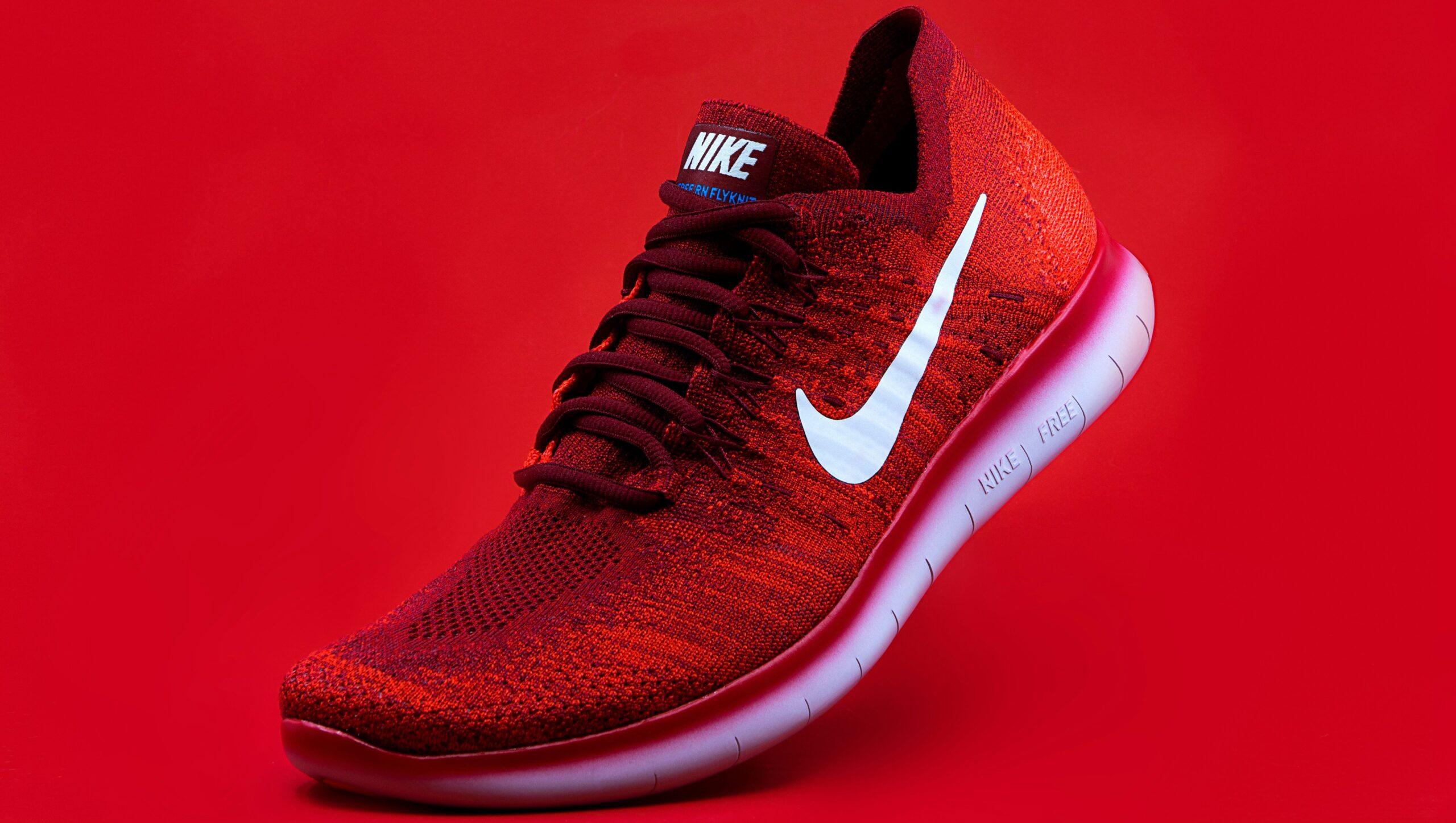
Ready to make a lasting impact? Just do it. Credit: Domino Studio on Unsplash.
In Need of Marketing Assistance?
At Hunt & Hawk, we help brands get noticed, create lasting connections with their audiences, and stay ahead of competitors.
Better yet, we’ve perfected a formula that enables disruptive SaaS, professional services, and tech companies to scale, grow, and dominate through experiences.
Our talented group of marketing, branding, and sales experts has been leveraging this unique approach for years – while embracing the latest trends – delivering outstanding results for our many clients.
Want to see what we could do for you? Get in touch today.
How would you like to interact with us?
- I’m just browsing: Explore more of our website.
- I’d like to send an email: Contact us at hello@huntandhawk.com.
- Help! Right now! Book a meeting to chat.
For the latest marketing, branding, and tech news, tips, and expert insights, explore more of our blog. Or for regular updates, follow Hunt & Hawk on LinkedIn.

